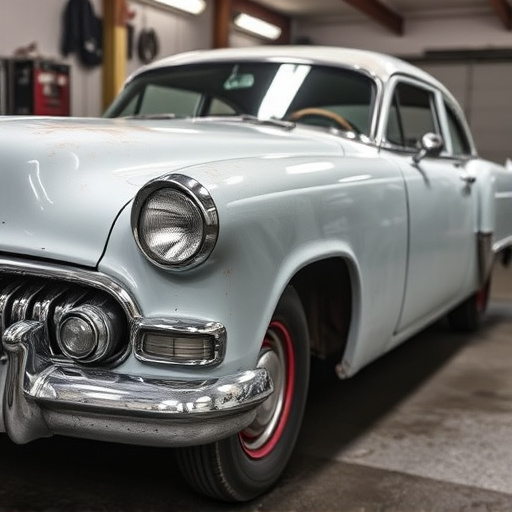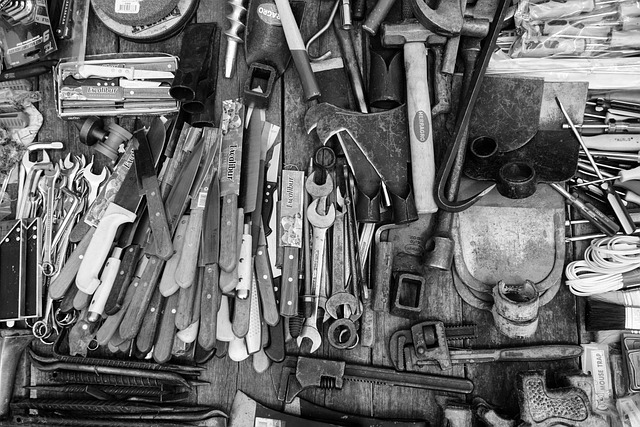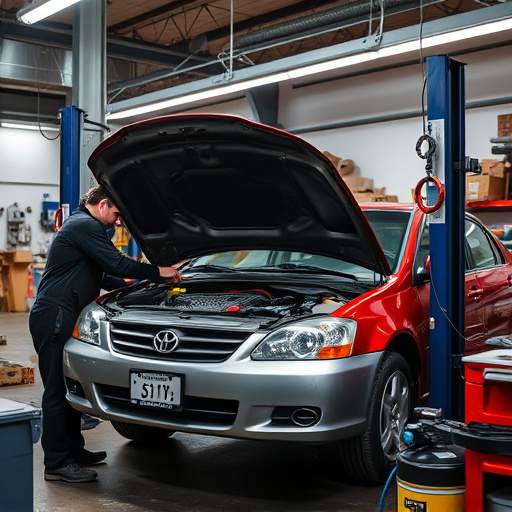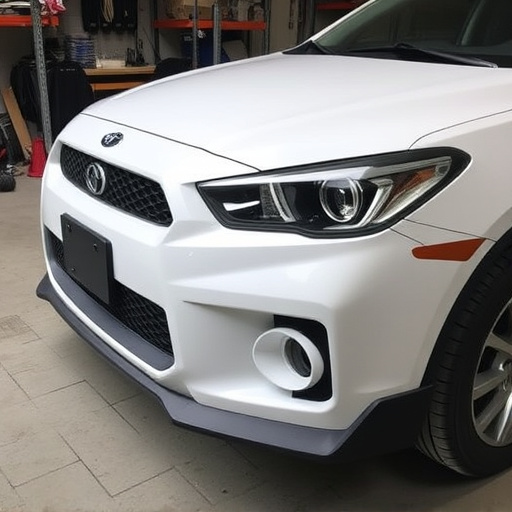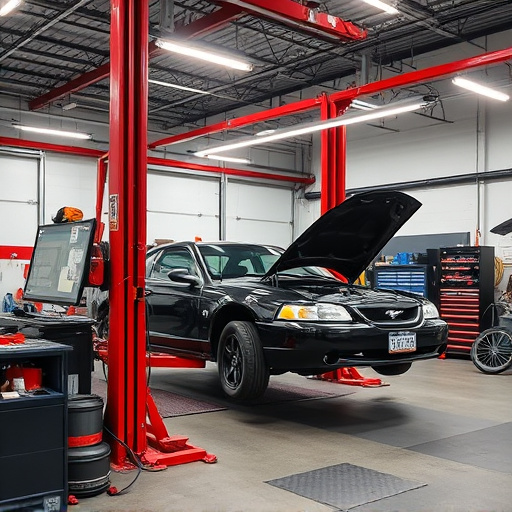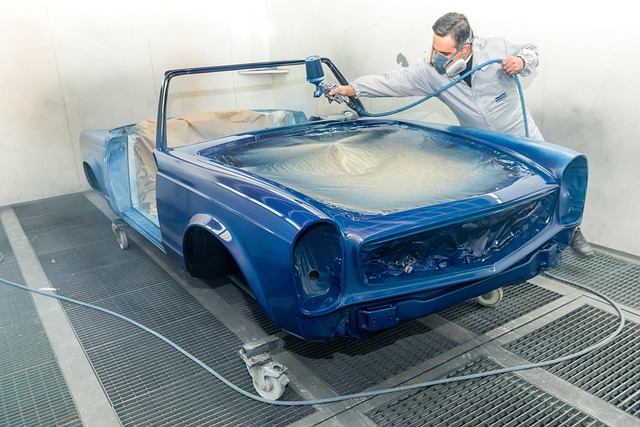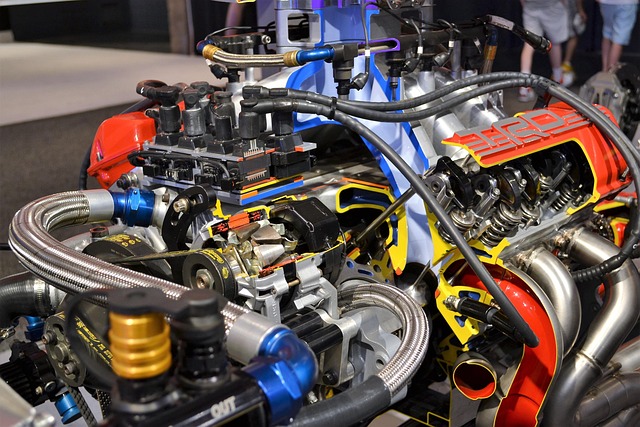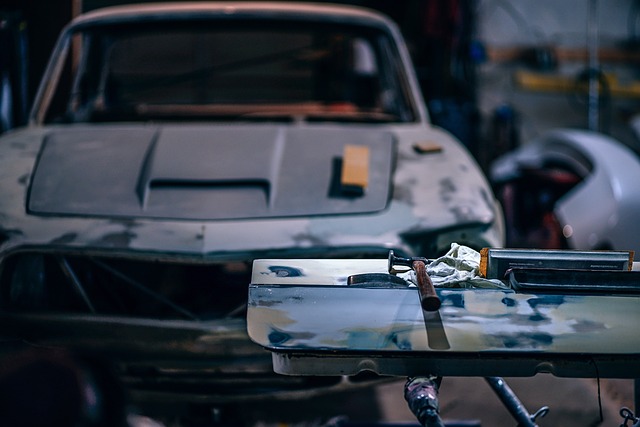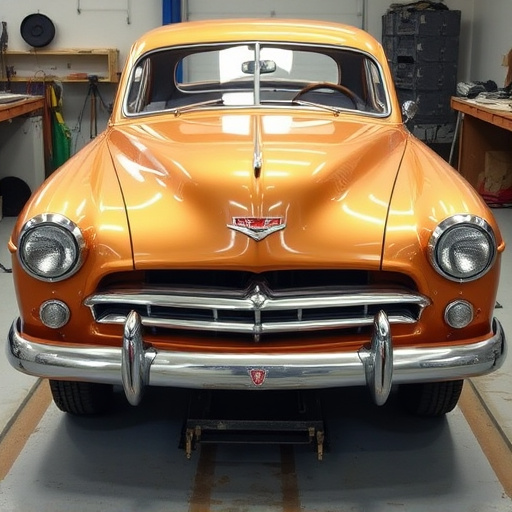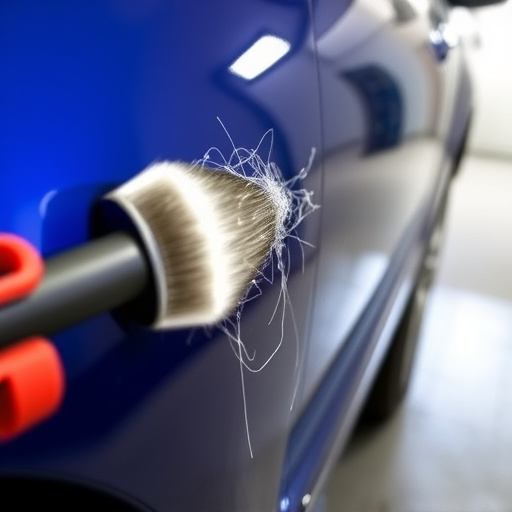Understanding the auto body shop parts acquisition process is crucial for efficient vehicle repairs. Shops assess damage, provide estimates, and source parts from suppliers, with clear communication vital for meeting timeline expectations. Turnaround times vary by repair complexity; minor work takes 1-3 days, while extensive repairs like frame work or detailed painting may take up to a week or more. Delays in receiving parts can extend wait times, influenced by part complexity, global supply chain vulnerabilities, and seasonal demand peaks.
Waiting for auto body shop parts can feel like navigating a complex timeline. This article breaks down the process, providing a clear understanding of what to expect at each stage. We’ll explore the typical turnaround times for common repairs and identify factors that may cause delays. By familiarizing yourself with these timelines, you can better manage your expectations and stay informed throughout the auto body repair process, ensuring smoother interactions with your trusted shop.
- Understanding the Parts Acquisition Process
- Typical Turnaround Times for Common Repairs
- Factors Affecting Part Delivery Delays
Understanding the Parts Acquisition Process

When you drop off your vehicle at an auto body shop for repairs, understanding the process by which they acquire parts is essential. The journey of replacing or repairing damaged components involves several steps, each crucial in ensuring the quality and fit of the final products. Typically, the car body shop will first assess the damage, creating a detailed estimate that outlines the required parts and their specifications. This information is then used to source the necessary auto body shop parts from various suppliers or distributors.
The acquisition process may vary depending on the part’s complexity and availability. For instance, simple replacement parts like fenders or door panels might be readily available in stock at the auto collision center, while more specialized items such as paintless dent repair kits or unique car body components may require a bit more time to locate. Efficient communication between the shop and suppliers is key to meeting timeline expectations, ensuring that your vehicle’s repairs progress smoothly and according to plan.
Typical Turnaround Times for Common Repairs
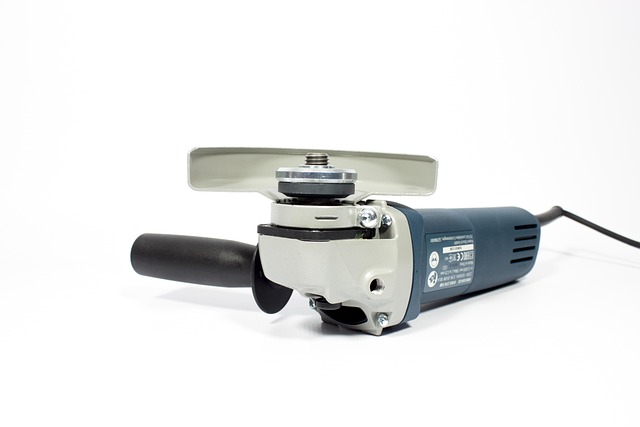
When visiting an auto body shop for repairs, understanding typical turnaround times can help set expectations and ensure a smoother process. For minor to moderate damage, such as dents, scratches, or small cracks in the windshield, most reputable shops aim to complete repairs within 1-3 business days. This includes time for parts ordering, preparation, and actual repair work.
For more extensive repairs, including complex auto frame repairs or comprehensive Mercedes Benz repair, turnaround times may extend to a week or more. These cases often require specialized parts and skilled labor, which can lead to longer waiting periods. Car bodywork services that involve structural integrity checks and detailed painting processes might also take longer, ensuring precision and quality in every repair step.
Factors Affecting Part Delivery Delays

Several factors can contribute to delays in receiving auto body shop parts, leading to longer wait times for customers. One of the primary influences is the complexity and uniqueness of the part required. Customized or specialized auto body shop parts, especially those needed for vintage or rare vehicles, may take more time to manufacture or source, causing delays in delivery.
Another significant factor is the global supply chain and its vulnerabilities. Auto body shop parts often originate from various suppliers worldwide, and disruptions in transportation, manufacturing, or raw material availability can significantly impact delivery timelines. Additionally, the demand for specific parts, particularly after major accidents or during peak repair seasons, can create backlogs and cause delays, affecting both auto repair shops and customers waiting for their vehicles to be restored, such as those involved in a car restoration or vehicle dent repair process.
When waiting for auto body shop parts, understanding the timeline expectations is crucial. By familiarizing yourself with the acquisition process, typical turnaround times for common repairs, and factors affecting delivery delays, you can better navigate the journey towards your vehicle’s restoration. Remember that effective communication with your auto body shop and considering potential delays can help ensure a smoother experience.
